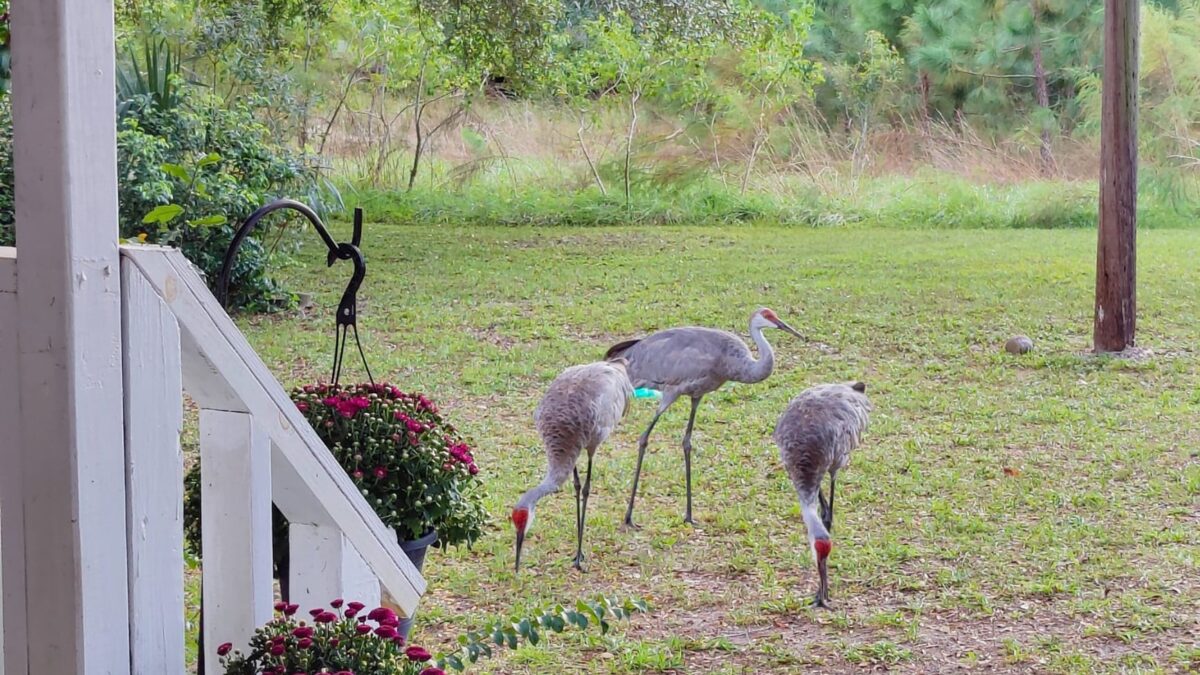If you are looking to get a new tree for your garden, you might be wondering how trees age so that you know what to expect and how to prepare. We have the answers for you. Read on for information about how trees age, as well as info on which trees grow the fastest and how you can get your tree to shoot up as quickly as possible.

How Trees Age
Aging is an inevitable process that happens to all living things, and trees are no exception. One of the most noticeable changes in trees is their size. As trees grow older, they tend to get taller and wider and grow more branches.
Younger trees grow more rapidly and use all of their energy to form new tissue. This is why fruit and nut trees often don’t produce fruit or nuts until they’re older. As trees mature, they grow more slowly and direct their energy toward strengthening the existing tissue and reproducing. This results in the physical changes that are seen in older trees. For instance, the bark on older trees becomes thicker and more textured. The leaves of older trees also tend to be smaller and have a different shape than those of younger trees.
Additionally, a tree’s root system also changes as it ages. The roots grow more slowly and spread out over a larger area as the tree matures. This allows the tree to absorb more nutrients and water from the soil.
The physiological changes that occur in a tree as it ages are also important. The cells in the leaves become less efficient at photosynthesis, and the tree produces fewer sugars. The pores on the leaves (stomata) close up to reduce water loss, and the tree becomes more resistant to drought. The sap flow slows down and the tree becomes less tolerant of cold temperatures. These changes allow the tree to survive for longer periods in difficult climates.
The average life span of a tree depends on the species, with some trees living up to several hundred years, while others may only live for a few decades.
Factors That Affect Tree Growth
Species
The rate at which a tree ages varies depending on the species of tree. Some trees age relatively quickly while others maintain their vitality for many years. The fastest-aging trees are typically those that grow quickly in the early stages of their lives.
For example, the white birch tree is one of the quickest-growing trees. It typically reaches its full size within 10 years and starts to decline shortly thereafter. The sugar maple, on the other hand, is a slow-growing tree that can live for centuries.
Climate
Another factor that affects the growth rate of trees is climate. In areas with warm climates, trees tend to grow faster than those in cold climates. This is because the warm weather allows them to photosynthesize for longer periods each day, resulting in more energy being produced.
Seasonal climate changes also affect how trees age. Trees will grow faster on long, warm summer days than on cold, cloudy winter days. They’ll also age more gracefully during years that offer just the right amount of sun and rain. Drought and excessive moisture can both negatively impact the health and growth of trees. Tree rings are the perfect demonstration of this principle.
A tree changes physically and physiologically as it ages in response to the environment. These changes allow the tree to survive for longer periods of time and better adapt to its surroundings.
Soil Quality
Another factor that influences the growth rate of trees is soil quality. If the soil is rich in nutrients and has a good water supply, then the tree will be able to age more healthily. For instance, it’ll grow faster and larger. On the flip side, if the soil is poor or dry, then the tree will struggle to grow.
Origin
In general, trees that are native to a particular region will grow faster than those that have been introduced from other parts of the world. So if you’re looking for a fast-growing tree for your property, be sure to consider the climate and soil quality in your area as well as opting for species that are native to your region.
How Fast Do They Grow Overall?
While it depends on environmental factors as well, the type of tree is one of the most important factors impacting how fast trees grow.
Certain species of trees, such as redwoods and sequoias, can grow incredibly quickly in their early years, but their growth rate eventually slows down as they get older. Other species, such as the bald cypress and black walnut, don’t grow very quickly at any point, but they continue to add more mass throughout their lives.
In general, trees that are native to a particular region will grow faster than those that have been introduced from other parts of the world.
How Can I Get My Tree to Grow Faster?
There are many things you can do to help your tree grow faster. Adding mulch, watering regularly, and using fertilizer are all great ways to promote growth. Mulch helps to protect the soil from erosion and keeps it cool and moist. Watering regularly encourages healthy root growth. Fertilizer provides essential nutrients such as nitrogen, potassium, and phosphorus.
Different trees grow and age at different rates. If you’re looking for a tree that will keep your garden looking radiant for years to come, pick one that is known to age more slowly. When you want more information on exactly what tree to buy for your garden, contact Mr. Tree. They have more than 30 years of experience with trees and are happy to impart their tree wisdom to you.

















